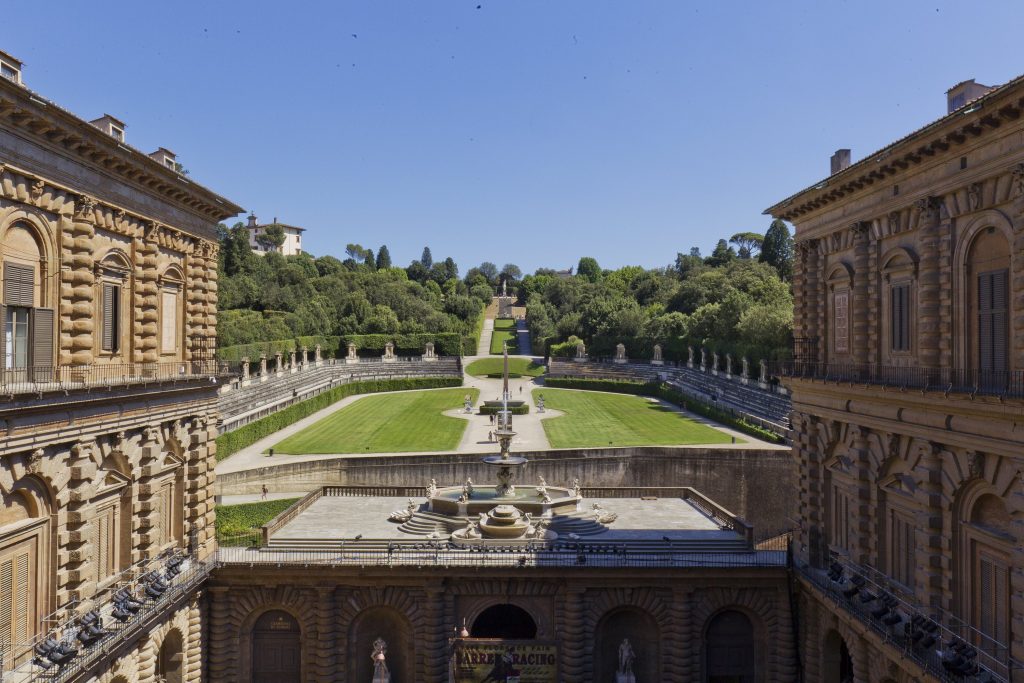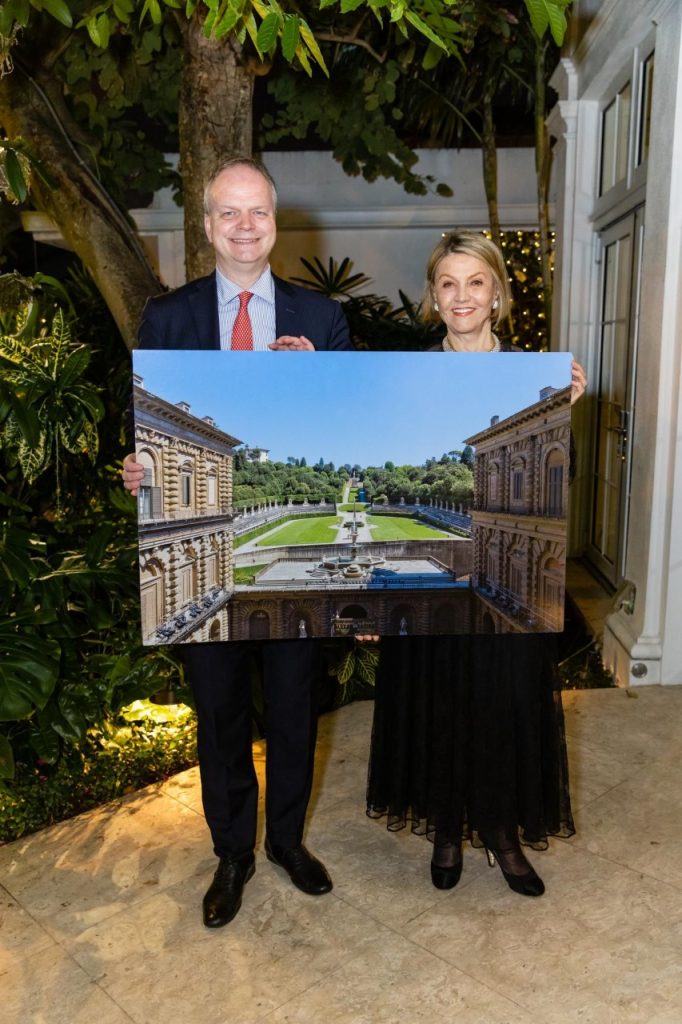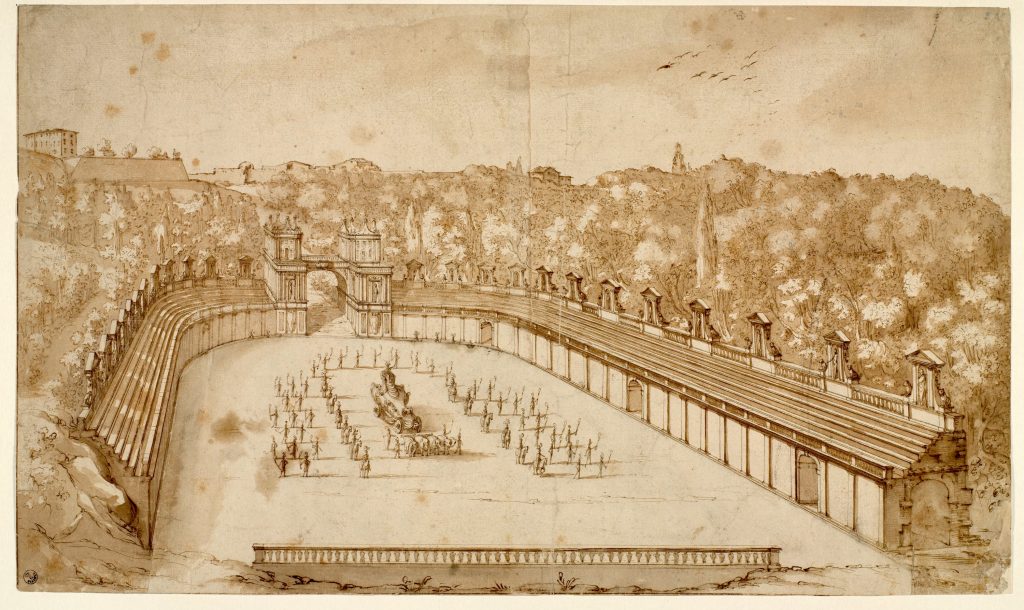American philanthropist Veronica Atkins has donated 4.5 million euro to the Uffizi Galleries in the largest donation ever made by an individual to a Florentine museum. This enormous amount will be used to fully restore the amphitheater in the Boboli Gardens, as part of the extensive Boboli 2030 program to revitalize the Medici greenery.
Work will start in the coming months and is expected to last between two and three years. The goal is to restore the many varied architectural, sculptural and plant components of this impressive, yet fragile, space to the best conditions, while ensuring the recovery of its original purpose of hosting performances and opera music.

Veronica Atkins is one of the world’s most renowned patrons in the field of music. In recent years, her interest has increased in art, having financed the restoration of the Valois tapestries and the Terrace of Geographical Maps at the Uffizi, as well as the restoration of the Sala di Bona in the Pitti Palace, all through the Friends of the Uffizi Galleries and working with the association’s executive director, Lisa Marie Browne. Mrs. Atkins also serves on the board of directors of the Metropolitan Opera in New York, is chairperson of the Dr. Robert C. and Veronica Atkins Foundation, and supports many other prestigious cultural organizations.
“The Boboli Amphitheater project combines my three greatest loves: nature, art and music,” commented Veronica Atkins. “I cannot wait to attend the premiere of the opera that will resound in this magical and unique place in the world after the restoration is finished.”

“Thanks to the generosity of Veronica Atkins, one of the key projects of the Boboli 2030 initiative will come to fruition,” remarked director of the Uffizi Galleries, Eike Schmidt. “The Boboli Amphitheater, which in its architectural form recalls the glories of ancient Rome, will recover its open-air theater function, right in the city where melodrama and opera itself were born. Soon we will again see the best singers performing in the vast basin surrounded by greenery, in front of the grandiose background of Pitti Palace, to hear the applause not of a select few, but of the large audience that will come together in the stalls and on the stairways for a unique and inimitable experience.”
About the amphitheater in the Boboli Gardens

The amphitheater was originally conceived as purely plant forms by Eleonora da Toledo, who commissioned the sculptor and architect Niccolò Tribolo for its construction. From 1621 to 1634, architectural elements were added, while the first theatrical use was for the wedding of Margherita de’ Medici and Odoardo Farnese in 1628. Over subsequent centuries, the amphitheater became the venue for grand ducal festivities. The amphitheater was first restored in the 1930s, when it was also used to revive opera. In June 1937, Claudio Monteverdi’s L’incoronazione di Poppea was staged for the first time in modern times, with the set designed by Giovanni Michelucci. In 1960 and 1965, Franco Zeffirelli chose the Boboli Amphitheater to stage Jacopo Peri’s Euridice. At the time, the New York Times critic praised the perfect acoustics of this space, among other things.








